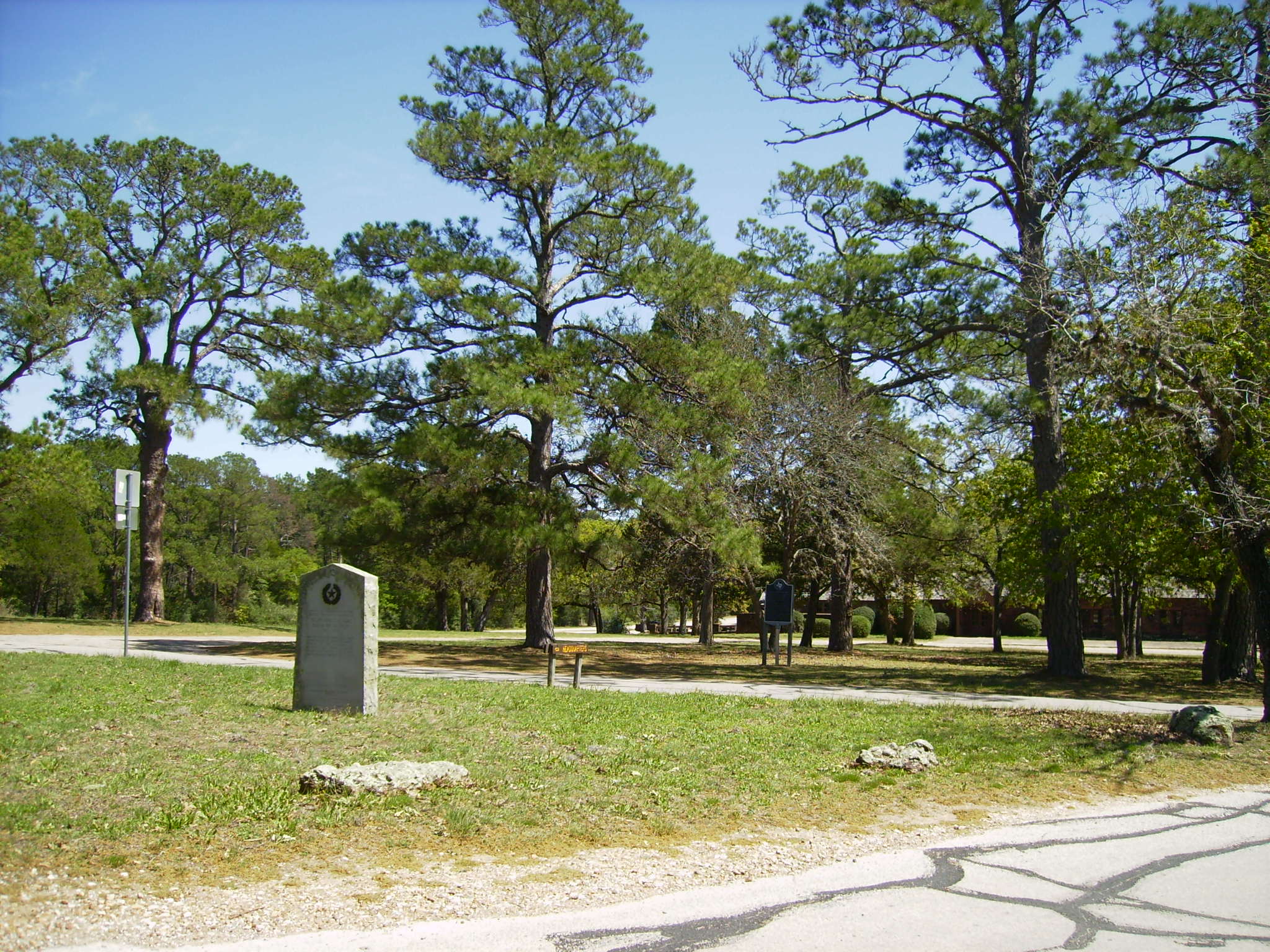Celebrating 100 Years of Independence
1936 marked perhaps our most significant milestone—the 100th anniversary of our independence. To celebrate, Texas threw a party large enough to inspire a visit from President Franklin D. Roosevelt himself and kick off heritage tourism throughout the state. The Texas-sized celebration allocated millions from the state budget and almost as much in federal contributions during the Great Depression and the Dust Bowl.
A Party for the Ages
Festivals and commemorative events took place across the state in cities large and small. However, the grandest occurred in Dallas and included a multi-million dollar exposition occupying 50 buildings (many still survive as Fair Park). Not to be outdone, Fort Worth mounted their own centennial exposition, considered more entertaining for its “Winning of the West” theme.
Centennial resources also created a lasting impression on many other Texas towns. More than 1,000 granite “Centennial” markers were placed throughout Texas’s 254 counties commemorating their establishment. These markers tell the stories of some of the most fascinating moments in Texas history, but after 75 years, they have experienced various degrees of vandalism and deterioration from the elements.
Preserving the Legacy
Many of these Centennial markers have missing wreaths and stars, damaged granite, algae stains, graffiti, or cattle damage due to rubbing. Some markers have even been barricaded, encased in fencing, knocked down, or buried by landowners. The location of many has changed over the past 75 years, leaving several in undignified or threatened areas, placed in storage, or moved to a site without historical relevance.
Texas celebrated 1936 with vast crowds of Texans marveling at the state’s accomplishments over its first 100 years of independence from Mexico. Now we must ensure that our 1936 Centennial Markers survive to the Texas Bicentennial and beyond.
